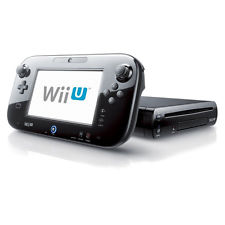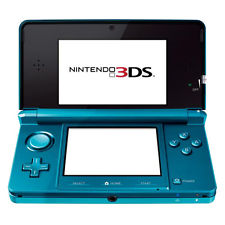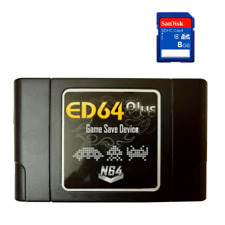|
September 22nd, 2010, 23:09 Posted By: wraggster
News via http://hackmii.com/2010/09/insert-startup-disc/
Those of you who have been reading this blog for a year or two know that I’ve been fascinated with figuring out how Wiis are made at the factory. The driving reason is that if we can figure out how Wiis with blank flash chip are programmed at the factory, we could possibly wipe bricked Wiis and fix them.
Well, we never found that, but occasionally some hint poke up. Nintendo has gone out of their way to call out a specific message — Insert Startup Disc — and has declared that there is a problem with the “operating system” and let it be known that they very badly want to replace it. As with things like the iOS “diagnostic mode”, this generally means that a unit escaped from the factory without having completed all testing and programming steps. This can give a rare glimpse into factory steps normally concealed from us.
Searching online for information about this has been rather frustrating. Occasional articles from late 2006 show in-store kiosks displaying a blurry “Insert startup disk” message. A few private conversations have alluded to the fact that the few thousand Wiis that were sent to game stores with this disc, but nobody has been able to cough up a disc for me to examine (or at least an image of one!).
Fortunately, an alert member of assemblergames caught an auction on eBay for a broken Wii displaying our mysterious error message. (Thanks Paul!) He bought it and sent it to me to look at, and here are my findings.
Background
Stepping back a moment, the reason that this is strange is that the very lowest levels of the system — boot1, boot2 — can’t even talk to the DVD drive or the video output. IOS can talk to the DVD drive, but only at a very low level, and only in response to IPC from the PPC — there’s no way for the system to bootstrap itself with a blank flash, or with boot1 and boot2. You absolutely need PPC code running, and if you have that running, you might as well have the whole system menu running. It also probably means you have to either have a boot2 that can read an unencrypted NAND filesystem, or it means you have to program each chip individually with a key from a database using a flash programmer before soldering it down — an expensive and complicated operation, in comparison to flashing one image to all chips or programming a unit with test pads.
The only possible reason I could imagine for doing this would be that the flashing process has a long lead time — longer than pressing DVDs — and Nintendo therefore was able to ship these kiosk Wiis earlier by including a stub of a system menu that could install updates, and then making a few thousand in this state and shipping them out with these discs. Let’s take a look at Paul’s Wii.
[Read more →]
http://hackmii.com/2010/09/insert-st...isc/#more-1194
For more information and downloads, click here!
 There are 0 comments - Join In and Discuss Here There are 0 comments - Join In and Discuss Here
|
|
 NES
NES










